You’ve done it..you are officially the owner of an online store. What next?
This article will give you a sense of what exactly e-commerce marketing is and how to use today’s most valuable marketing channels to win customers.
E-commerce marketing is using various practices to drive customers to your online store and increase awareness about your products and brand.
You can attract customers with social media, email campaigns, digital content, and more. We’ll describe each e-commerce marketing strategy in detail, but first, let’s dive into building that strategy.

Content marketing is creating and sharing valuable content for free to get customers’ attention to a product or service.
The most popular formats of such content are blog posts and videos. For example, a watch store can share a blog post on choosing waterproof watches. A yoga teacher can upload a YouTube video that explains the morning yoga routine.
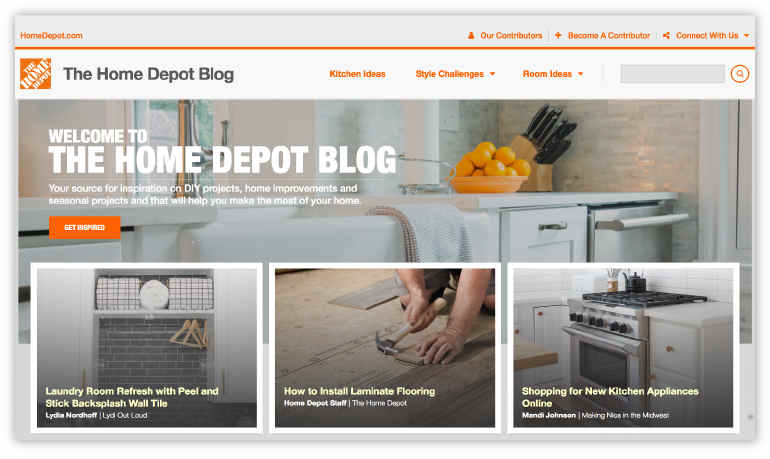
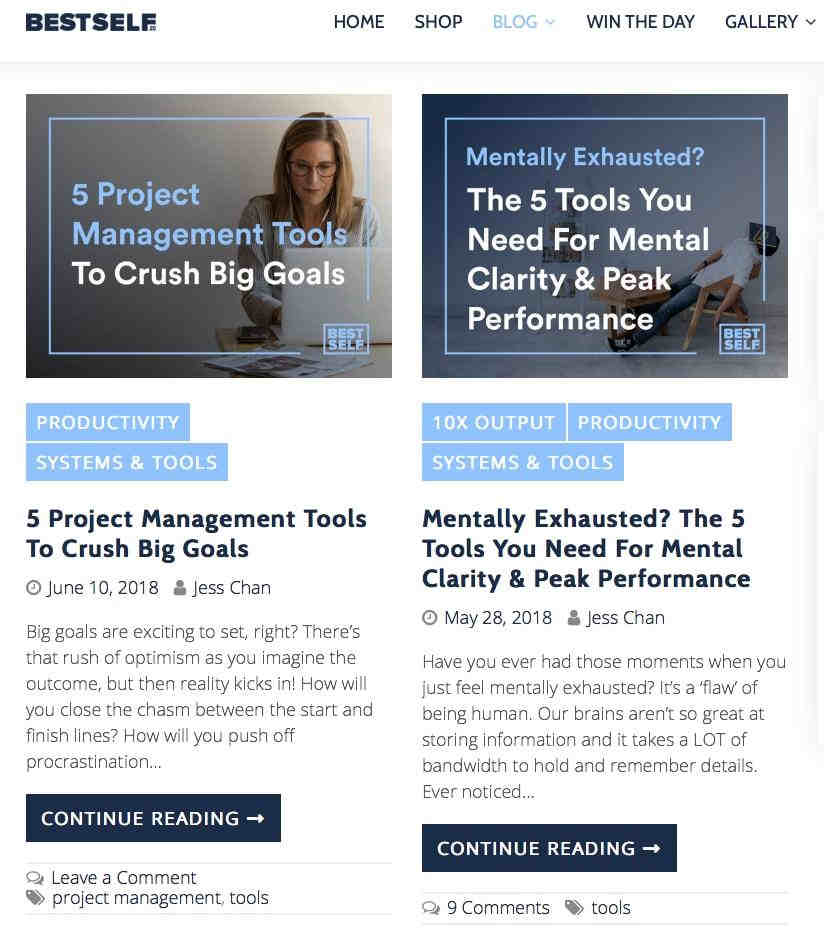
You can create other types of content, too, like printables, e-books, even webinars, and podcasts.
No matter what format you choose, your content should be helpful to your target audience. If your video helps, educates, or entertains potential customers, they’ll see you as an expert in your niche. That, in turn, increases the chance they’ll buy from you.
When creating content to promote your store, make sure:
- it answers customers’ questions about your product or industry
- it improves your site’s ranking in search engines.

Google and other search engines do not automatically find your content once you hit publish. Here’s what you can do to ensure your content improves your site’s ranking in search engines:
- Identify the primary keywords people would use to find your product or to research your industry. You can use various keywords research tools like Google Keyword Planner.
- Share your content with links to your site on forums, websites, and social media pages related to your products. Links create connections for search engines, and these make searches that include your store rank it higher on the results.
- Have at least 500 words of content on each page of your site to provide the details that get indexed by search engines. However, don’t add content just for the sake of it. Always think about your customers. Write about what they’re interested in and what they want to know about your product.
- Create an FAQ page on your website with responses to high volume, long-tail keyword searches to get users to your site.
- Enable social sharing buttons for services like Twitter and Facebook inside your store to help your visibility. The more visibility your store has on social media, the more organic traffic you can attract.

Email marketing is one of the most cost-effective way of reaching out to your customers. Plus, customers are open to receiving emails. According to Statista, 49% of respondents would like to receive promotional emails from their favorite brands weekly.
Emails are great for getting repeat customers: shoppers are eager to return when they receive info on new products, promotions, or sales.
To start using this e-commerce marketing method, you need to build your email list first. Here’s how you can do that:
- Use pop-up email capture forms. State why subscribe to your mailing list. If you have seasonal inventory changes, have the pop-up say something like: “Don’t miss out when our hottest seasonal items become available!” Test different forms out regularly to make a significant impact.
- Offer discounts to reward current customers and keep them coming back. You can even offer discounts for customer referrals. Sellers that use Ecwid’s Venture plan (or higher plans) can quickly generate discount coupons through their Control Panel.
- Use a contest to incentivize email signups. When people share their email address with you, make that an entry into a contest or giveaway. Not only will you build excitement around your contest as people enter, but you can also get them to share a word about the contest.
Customer emails are collected right at checkout when customers place an order. If a customer doesn’t finish placing their order, their email is still saved to send them an abandoned cart recovery email.
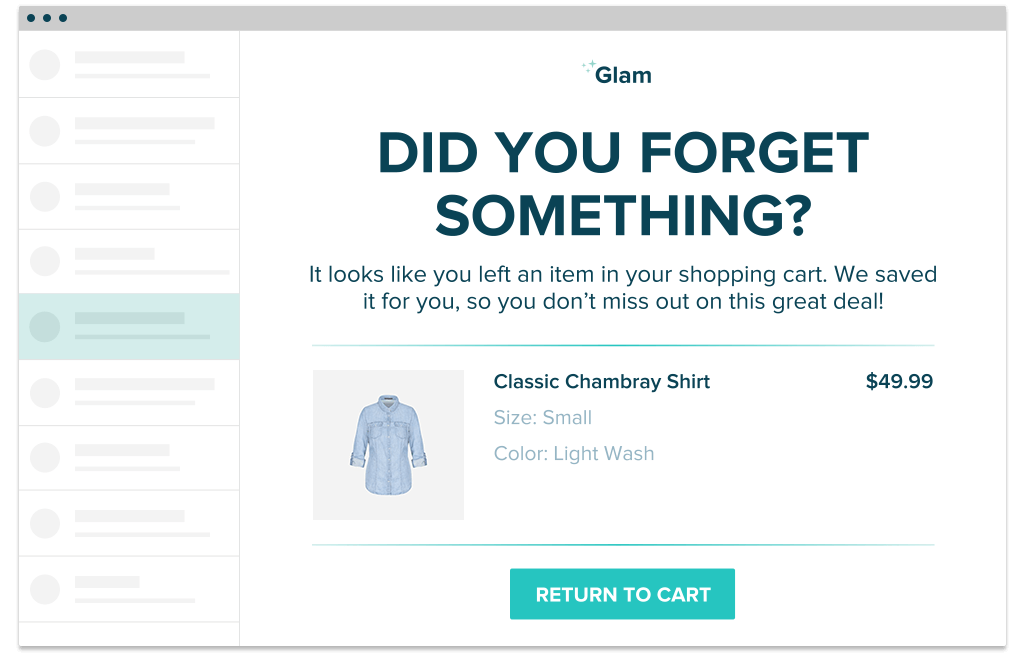
After you collect your customer emails, it’s time to send out your newsletter. You can manually send to smaller lists, but once the list grows beyond 50 email addresses, you should look into using an email service provider like Mailchimp.
Automated emails help retain customers and activate shoppers who haven’t purchased anything from you in a while.
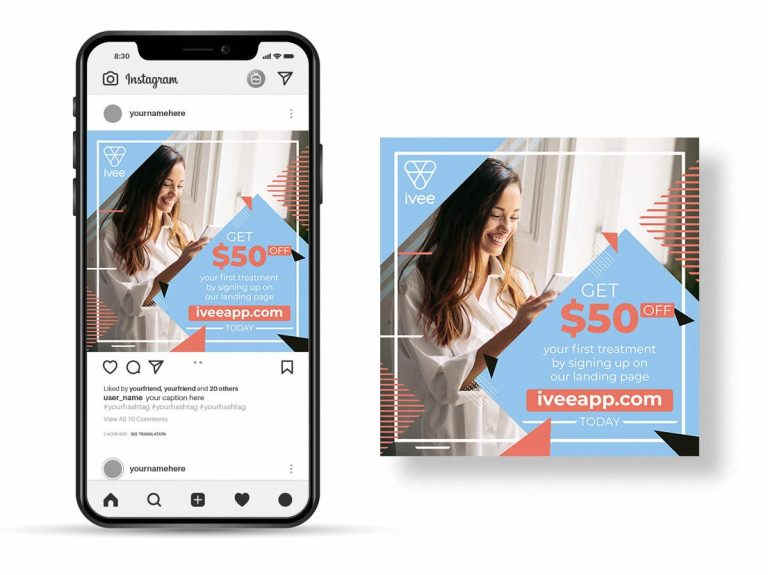
When an online seller uses pay-per-click (PPC) advertising, they place an ad on the internet and pay a flat rate every time it is clicked. Online advertising is a promising opportunity to generate traffic. Still, to make sure it’s cost-effective, you need to know a couple of things.
Paid search ads and ads through Google are currently the premiere PPC ad system. You’ll want to get started with Google Ads, and the tools are easy to use.
If you sell a more general product, but to a particular demographic or interest group, you may want to begin with Facebook Ads. Facebook Ads will allow you to fine-tune who sees your ads, but it can cost a bit more for this specificity.
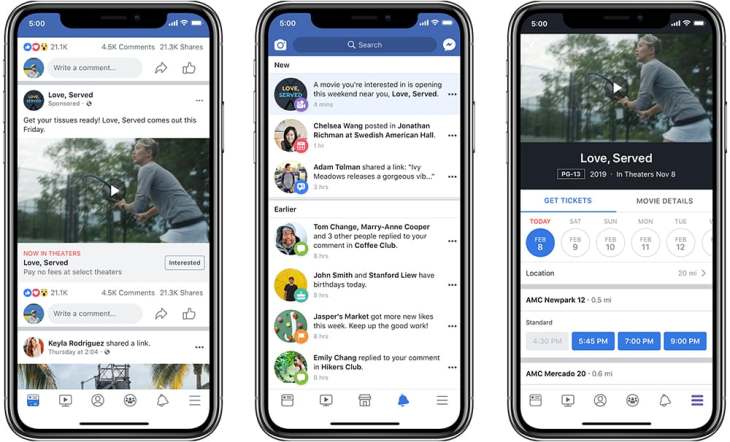
- Start with a low daily budget, then experiment and tweak your approach based on results. Not every ad will be a home run. Experimenting with ad types will help you find what works best to ensure you get the most value out of any money you put in. The great part about this is you can start with a very modest budget. $5 a day is not unusual for a beginner to start generating traffic and creating impressions.
- Don’t forget that every social media outlet now has their PPC advertising system. Facebook, Instagram, Pinterest, Snapchat, YouTube, you name it. Take a look at which social media platforms benefit you the most and put some money into PPC campaigns there to grow your footprint and create a business.
- Use conversion tracking codes like Google Ads Tag, Facebook Pixel, Snap Pixel, and Pinterest Tag to know where the completed sales came from and repeat the most successful campaigns’ practices.
There are many reasons why social media is an effective tool for e-commerce marketing. It’s cost-effective; there are billions of users on social media, which helps build a community around a store. But with new social media platforms popping up every day, your options may seem overwhelming.
Remember: you don’t have to be everywhere at once. Explore social media sites wisely and use platforms that best showcase your products and reach the audience you’re targeting.
Facebook is usually an excellent fit for almost any business. It has customizable marketing and tracking tools with a massive reach. Plus, you can add your online store to your Facebook page.
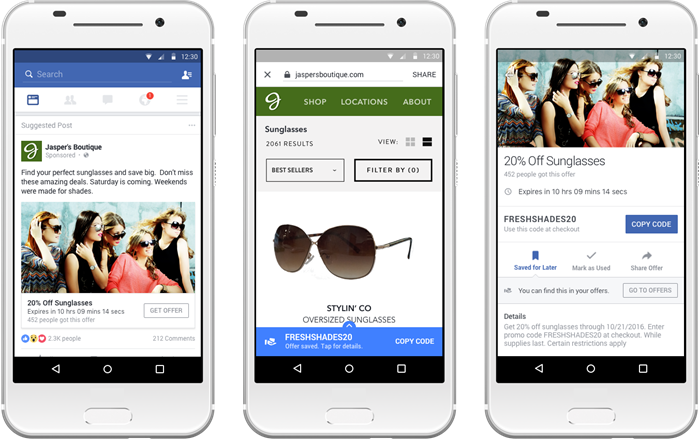
Twitter is a useful outlet if you have the time and resources to send consistently shareable tweets to develop a following. Twitter is also an easy place to encourage customers to share items from your store as well.
Instagram and Pinterest will be nice homes for your business if your product has a strong visual element. For example, if your store sells clothing or other unique items that need to be seen to be purchased, these are sites you need to invest in. Plus, you can sell your products on Instagram with Shoppable Tags.
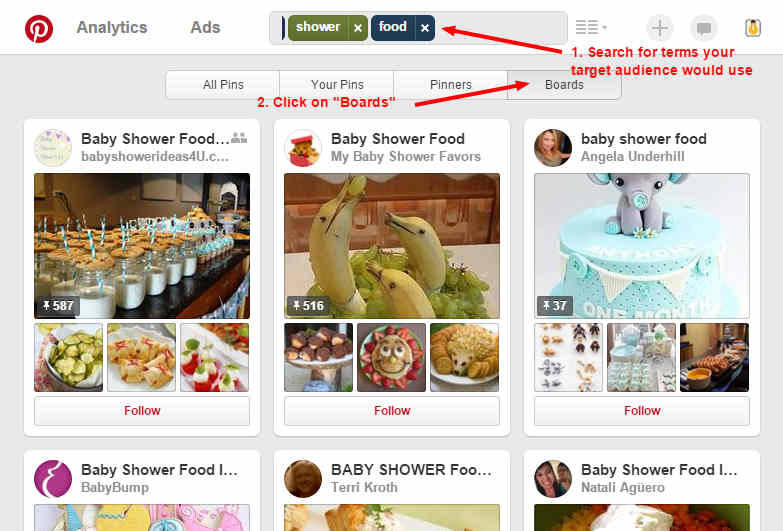
LinkedIn makes a natural platform for selling products or services geared to businesses and professionals.
Snapchat and TikTok are great if you sell to a younger audience (although if you don’t, you can still use it to your advantage). Those platforms work best if you promote your business with fun, entertaining content, so be ready to get creative. For example, here’s how San Diego Zoo entertains its followers:
Another method of e-commerce marketing is tapping into social news aggregation and discussion websites like Reddit. As it is a hub for content-specific groups, you can find a whole new customer base here. Read the fine print carefully, as there may be rules against sharing your own products depending on where you are posting.
Encourage customers to share their experiences or pictures of their products on Reddit so you can reap the rewards of having e-commerce street cred.
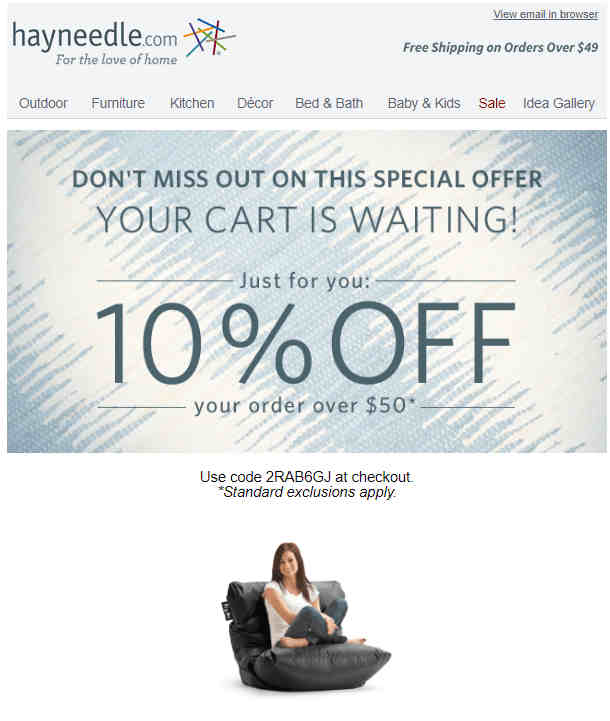
We’ve shared some digital marketing tips for beginners that will help you start promoting your store online. Sending out newsletters, creating social media presence, sharing valuable content, and a bit of PPC advertising makes a solid base for marketing your new store.


